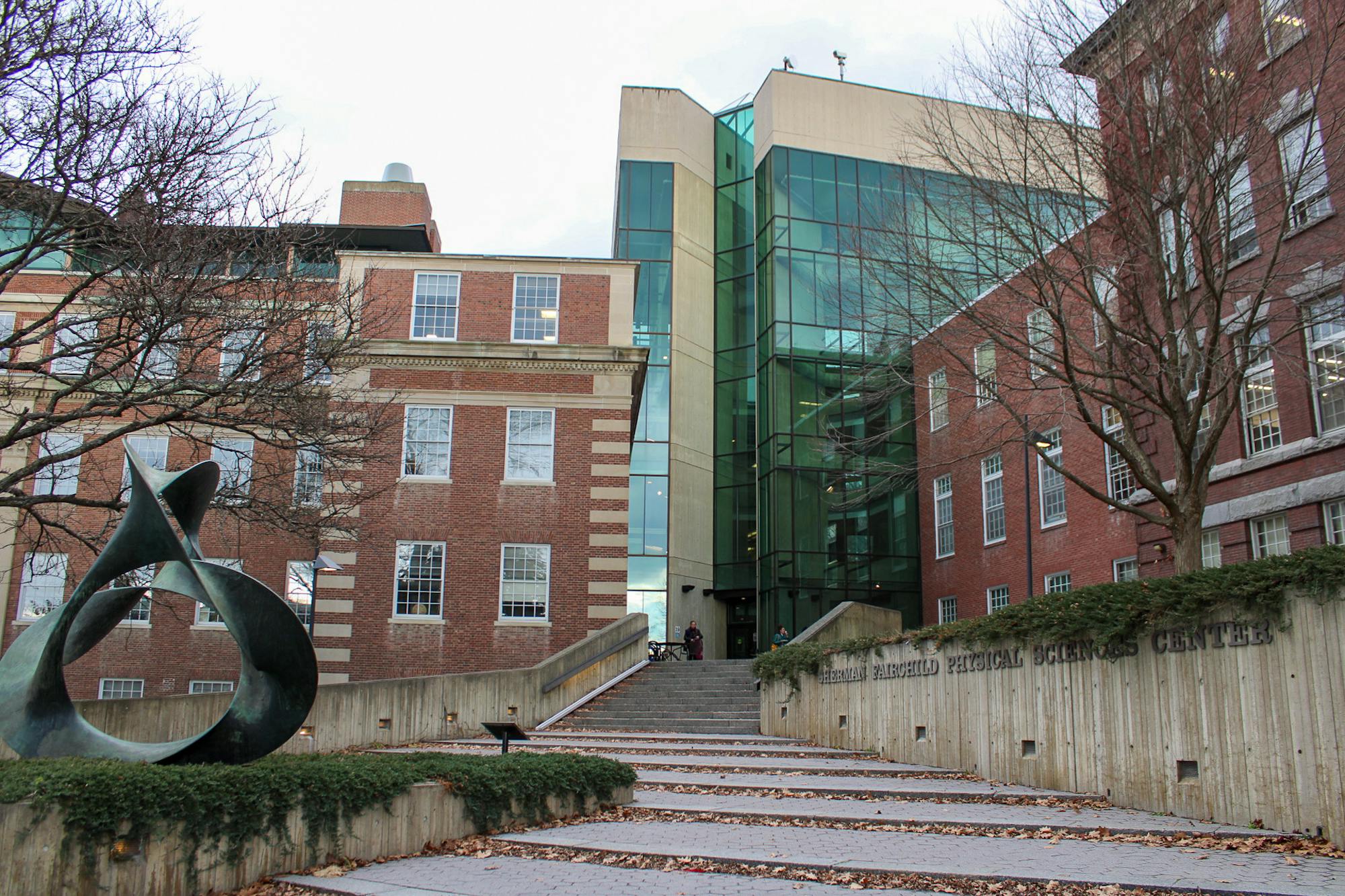The Novo Nordisk Foundation in Denmark awarded engineering professor Hélène Seroussi and Earth sciences professor Mathieu Morlighem a $1 million grant to develop a model that will accurately predict the behavior of ice sheets and provide essential information about the future of sea-level rise. Ice sheets have begun losing mass at unprecedented rates, a reality that has the potential to dramatically alter sea-level rise over the coming centuries. With their model, Professors Morlighem and Seroussi hope to shed light on the extent to which this issue could impact the future of the climate. The Dartmouth sat down with Morlighem to talk about his research.
How did you and Professor Seroussi get involved in this research?
MM: We actually met in engineering school many years ago. At that time, we were not at all interested in environmental issues because we had not been exposed to it — we were trained as engineers. As part of the degree, we had to spend six months doing an internship somewhere abroad and applying our skills, which are basically solving partial differential equations.
I ended up contacting someone who was interested in glaciers, and he was looking for sheet modelers — for people who could design a new ice sheet model that would be better than any other in existence at the time. We actually ended up working together to create this new model called the Ice Sheet and Sea-level System model, which I’m still working on today.
What are ice sheets?
MM: What we call ice sheets are big glaciers that cover a surface area greater than 50,000 square kilometers. So big, big, big guys. We only have two on Earth right now, one in Greenland and one in Antarctica. Ice sheets grow and shrink as the climate changes — that’s part of the natural cycle.
What’s happening today is that Greenland and Antarctica are both losing ice far more rapidly than ever before, and it’s not due to natural variability anymore. It’s due to the increase of carbon in the atmosphere.
Why are they melting?
MM: We like to think about ice as giant ice cubes, and when it’s warm, they melt. But in reality, the amount of melt is nothing. They actually lose mass through what we call calving events, big icebergs that form at the periphery of the ice sheet when they deform under their own weight. They also lose mass through interacting with the ocean. The ice sheets are losing a lot more mass then they have coming in, and sea-level is rising because of that.
Glaciers and ice sheets have a long response time. If you stop emitting carbon dioxide now, if the concentration of carbon in the atmosphere remains constant, it will still take maybe thousands of years to find a new equilibrium. They have a lot of inertia. What we’re witnessing today is just the beginning, a disaster in slow motion.
What are you trying to model? Why does this modeling matter?
MM: We’re modeling this flow of ice: how it deforms under its own weight and what happens when you increase the temperature of the ocean — when you increase or decrease the temperature at the surface. We can estimate based on our knowledge today how much we think they are going to change over the coming centuries.
If we look at the projections of sea-level rise over the coming centuries, the wild card is the ice sheets. We don’t know how fast they’re going to accelerate sea-level rise. It could be a meter, it could be three meters. It can also be very quick.
Where did the grant come from?
MM: This grant is coming from Denmark. It’s a private foundation called Novo. They’ve been collecting a lot of money, they created a foundation and they now have a branch that’s interested in climate, broadly defined.
How would this model be used?
MM: The way the ice sheets are going to evolve depends on our actions today. The goal is not to provide one prediction, but to say, if we follow the Paris Agreement, for example, this is how much sea-level rise we can expect by the end of the century. Models can always be used to answer the question: what if we decide to change the way we do things?
There is also a new area of research related to what we call geoengineering, which is when you modify the climate system on purpose. There is now glacial geoengineering; there are people that are starting to think about what we can do to slow down the rate at which they’re losing mass. And we can use models to test some of these proposed mechanisms. So one of them, for example, is building some sort of barrier in the ocean, so that the warm water that is at depth cannot get in contact with the ice.
This interview has been edited for length and clarity.




